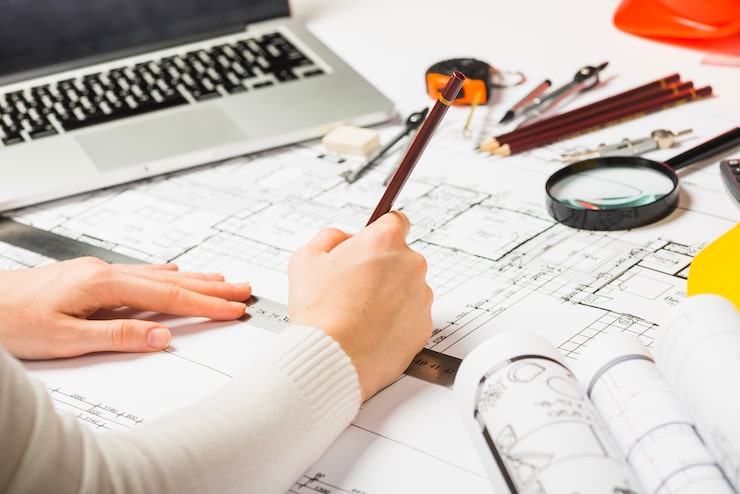When most people hear the word “architecture,” they immediately think of buildings, blueprints, and aesthetic designs. While these are important aspects, architecture is far more than just the visual appeal of structures. It is a multidimensional discipline that blends art, science, history, culture, and human experience.
Understanding the Essence of Architecture
Architecture is not just the act of constructing buildings; it is a reflection of human creativity, culture, and technological innovation. At its core, architecture answers questions about functionality, sustainability, and emotional connection. It’s about creating spaces that serve people while inspiring awe and comfort.

Key elements that define architecture include:
- Form and Function: Balancing aesthetic beauty with practical usability.
- Cultural Expression: Reflecting the identity, traditions, and values of a society.
- Innovation and Technology: Incorporating new materials, techniques, and sustainable solutions.
Architecture is, therefore, an interdisciplinary art form that requires knowledge of engineering, environmental science, sociology, and even psychology.
Architecture as an Art and Science
Architecture sits at the definition of architecture of art and science. As an art, it evokes emotions, tells stories, and shapes the way people experience a space. For example, the grandeur of a cathedral or the simplicity of a modern home can influence mood and perception.
As a science, architecture involves structural integrity, environmental considerations, and technical precision. Architects must understand physics, materials, and engineering principles to ensure buildings are safe, durable, and energy efficient.
By merging creativity with technical expertise, architecture becomes more than just design—it becomes an experience.
The Social and Cultural Impact of Architecture
Architecture is a mirror of society. From ancient pyramids to contemporary skyscrapers, buildings communicate cultural values, technological progress, and social priorities. Thoughtfully designed spaces foster community interaction, enhance productivity, and improve overall quality of life.
Consider public parks, museums, or urban plazas—they are not merely functional spaces; they are hubs for cultural exchange and social engagement. Architecture shapes not only the physical environment but also the way communities connect, live, and evolve.

Conclusion
The true meaning of architecture transcends simple design. It is a complex, evolving discipline that combines art, science, culture, and human experience. By understanding architecture as more than just buildings, we can appreciate its profound influence on our daily lives and the world around us. Whether you are an architect, student, or simply a lover of spaces, embracing the deeper essence of architecture allows us to see the built environment in a whole new light.

